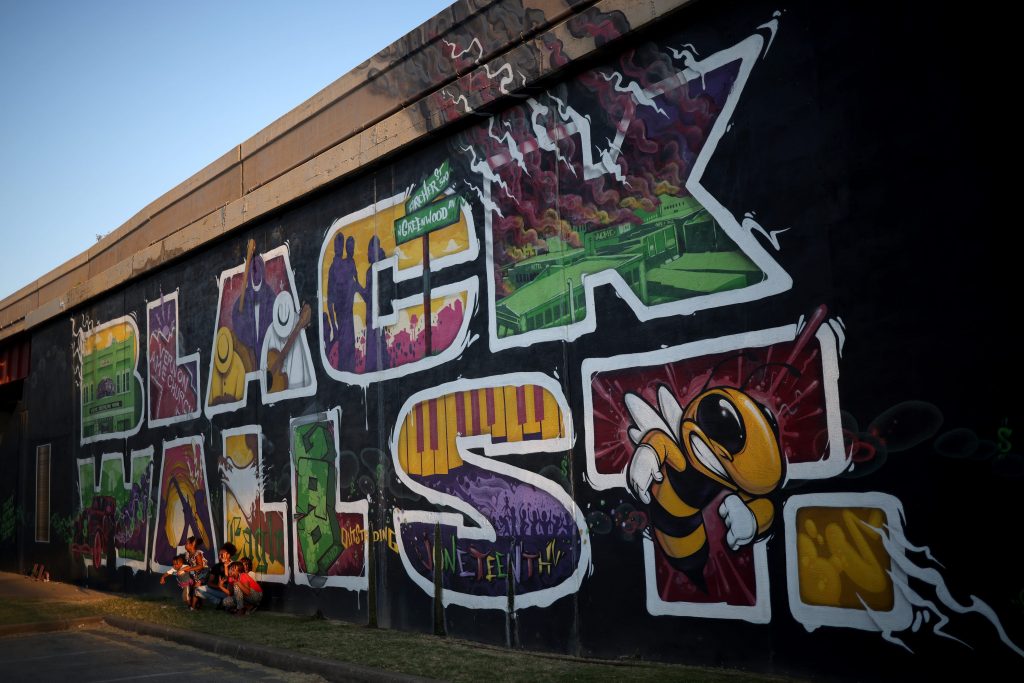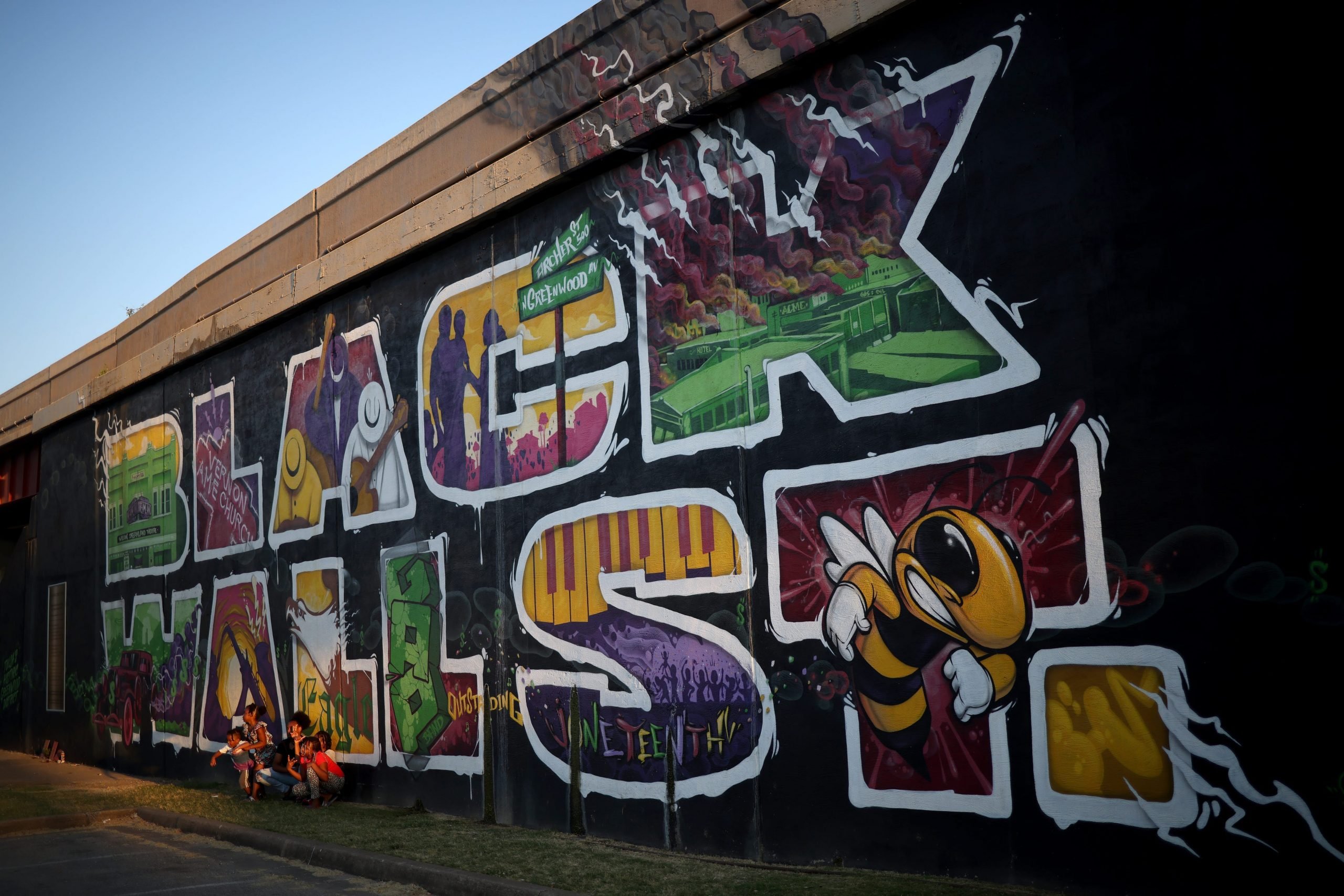
Win McNamee/Getty Images
- A white mob destroyed a prosperous Black neighborhood known as the "Black Wall Street" in 1921.
- The massacre left hundreds dead, displaced thousands, and the community in ashes.
- This year marks the 100th anniversary of the massacre.
- Visit Insider's homepage for more stories.
For hours, beginning on the night of Memorial Day in 1921, a white mob rioted a thriving Black community in Tulsa, Oklahoma known as "Black Wall Street." They looted businesses, set homes ablaze, and fired at Black residents in the district of Greenwood. The aftermath of the massacre left thousands of Black Americans displaced and an estimated 300 people died.
The Tulsa Race Massacre is "one of the biggest skeletons" in America's history, Scott Ellsworth, a historian, and author, told Insider. It was "covered up for a long time," he said
"There was a concerted effort to absolutely bury and suppress this history. Official records disappeared, never to be seen again," Ellsworth said. "Individuals who tried to study this as late as the early 1970s had their lives and their jobs threatened. Tulsa's white daily newspapers went way out of their way not to ever mention it for 50 years. It was just a taboo subject."
Decades after the massacre, Ed Wheeler, a white retired Oklahoma National Guard brigadier general, said he received pushback and threats while trying to research the race riot for an article. Wheeler, a former college history instructor, told Tulsa World last month that he hadn't heard about the historic attack in Tulsa until he moved there as a teen in the 1950s. He told Tulsa World the massacre wasn't taught in schools.
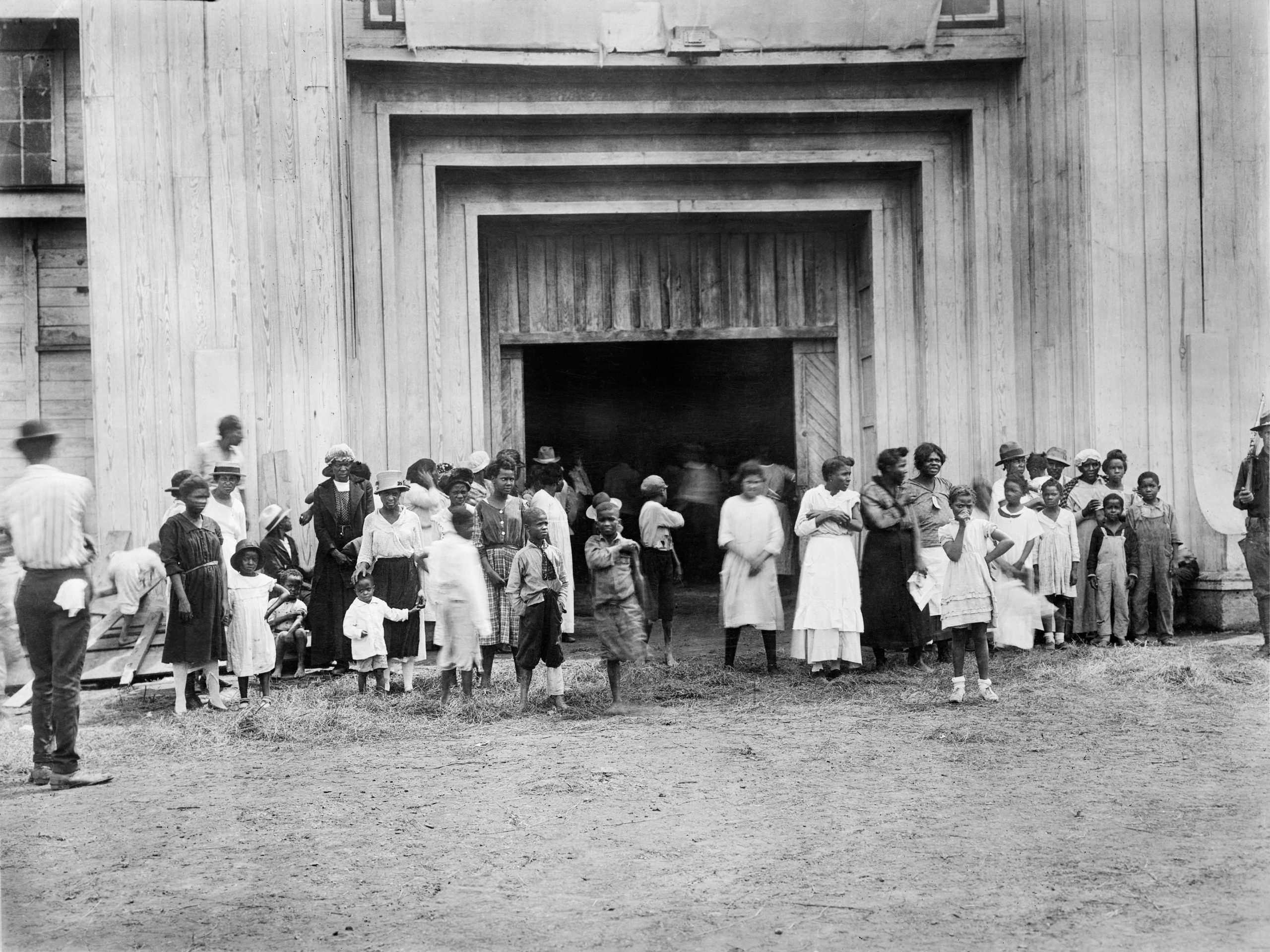
GHI/Universal History Archive/Universal Images Group via Getty Images
The "cover-up" persisted, extending beyond media and government to future classrooms. In a recent survey conducted by The Oklahoman, more than 80% of state residents said they did not learn about the Tulsa Race Massacre during their early, pre-collegiate education.
According to NBC News, Oklahoma public schools added the massacre to the academic curriculum in 2002, without much guidance on how to do so. The report said it wasn't until 2019 that there was a better structure and requirements on how educators should teach the topic.
However, a bill signed by Oklahoma Gov. Kevin Stitt ahead of the centennial of the massacre bans educators from teaching lessons that cause "discomfort, guilt, anguish or psychological distress" around race or gender.
"No matter how poorly written, the intention of the bill clearly aims to limit teaching the racial implications of America's history," the Tulsa Race Massacre Centennial Commission said in a statement opposing the bill.
Living survivors and descendants are keeping the story alive
The attack on Greenwood stemmed from an incident on May 31, 1921, after a 19-year-old Black shoeshiner was accused of attacking a white female elevator operator.
A white mob gathered outside of the courthouse where the teen was held, requesting that the sheriff hand him over. A group of armed Black men, including WWI veterans, showed up to protect the teen but were repeatedly turned away by the sheriff. Eventually, a clash broke out between the white mob and Black men.
"A shot goes off, and the massacre begins," Ellsworth said.
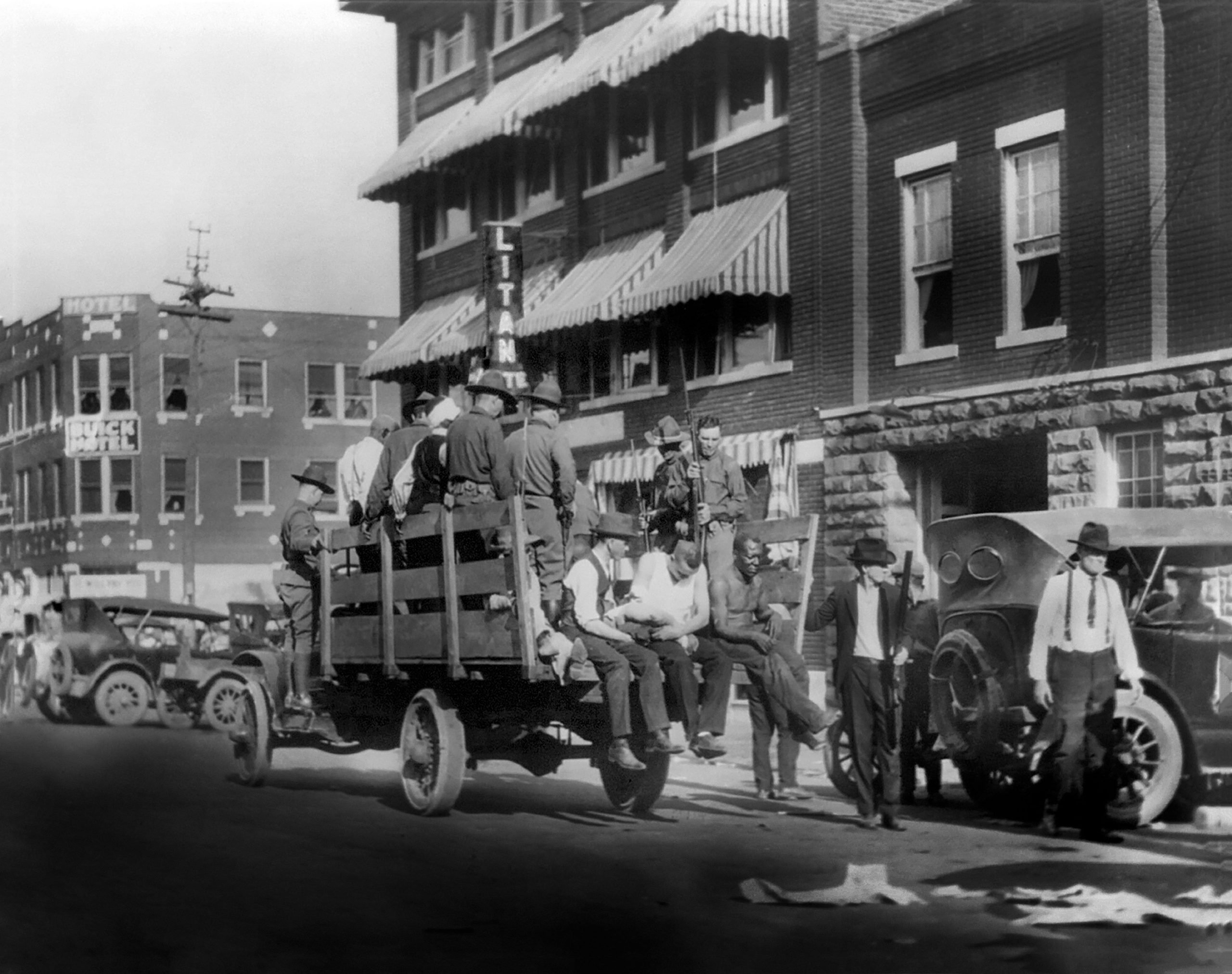
Universal HIstory Archive/Universal Images Group via Getty Images
Prior to the massacre, Greenwood was "an incredibly vibrant and energetic place," Ellsworth said. The community spanned 35 blocks filled with a vast amount of storefronts and restaurants, a dozen of churches, two movie theaters, a public library, and an African American hospital. The neighborhood came alive on Thursdays and Saturdays, Ellsworth said.
But the country was coming off the heels of World War I as well as the Red Summer of 1919 when Black communities were terrorized by white supremacist mobs amid a Spanish flu pandemic. In the aftermath of the war, Black soldiers who returned home were lauded as heroes and seen as hope for progress in the fight for civil rights. But they were also taken as a threat to white Americans.
The backlash resulted in race riots and lynchings across the US that preceded the Tulsa race massacre. They came amid a second rise of the Ku Klux Klan on a national level and in Oklahoma in 1920.
Greenwood, the home of Black Wall Street, was "destroyed on the ground," Ellsworth said. "In the afternoon of June 1st, national guard troops from Oklahoma city, outside of Tulsa, arrive in town, and order is restored - but Greenwood was gone."
No one was held responsible for the destruction.
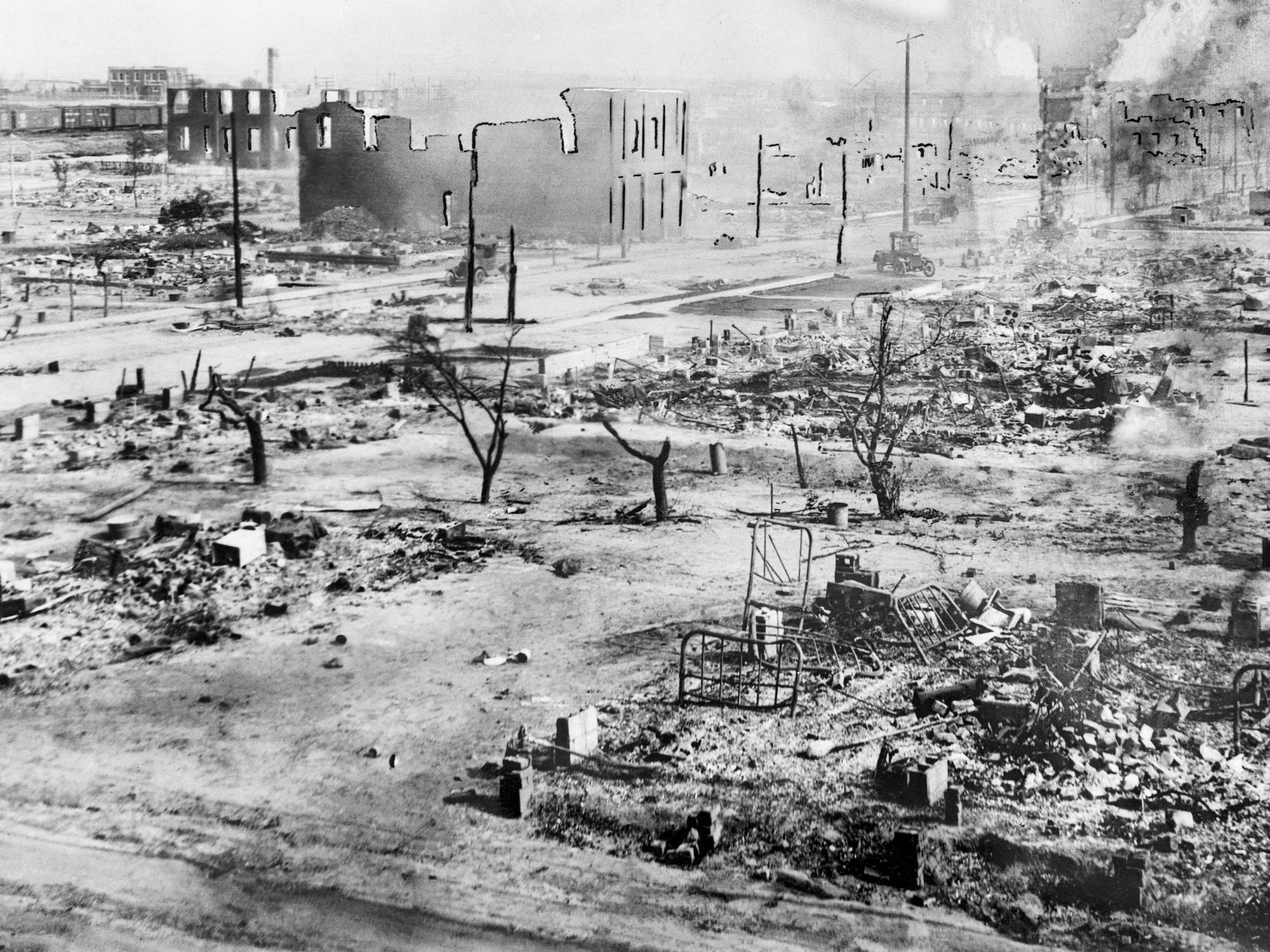
Bettmann Archive/Getty Images
Last week, the last living survivors of the massacre, Viola Fletcher, Hughes Van Ellis, and Lessie Benningfield Randle, all in their 100s, called for justice and reparation as they spoke before Congress.
"I still see Black men being shot, Black bodies lying in the street. I still smell smoke and see fire. I still see Black businesses being burned. I still hear airplanes flying overhead. I hear the screams," Viola Fletcher, 107, told lawmakers.
Fletcher is one of the few living survivors who filed a lawsuit for reparations last year. The lawsuit calls for a remedy and compensation for "one of the worst acts of domestic terrorism in United States history since slavery." It was brought against seven different entities, including the city of Tulsa, its County Sheriff, and the Oklahoma Military Department.
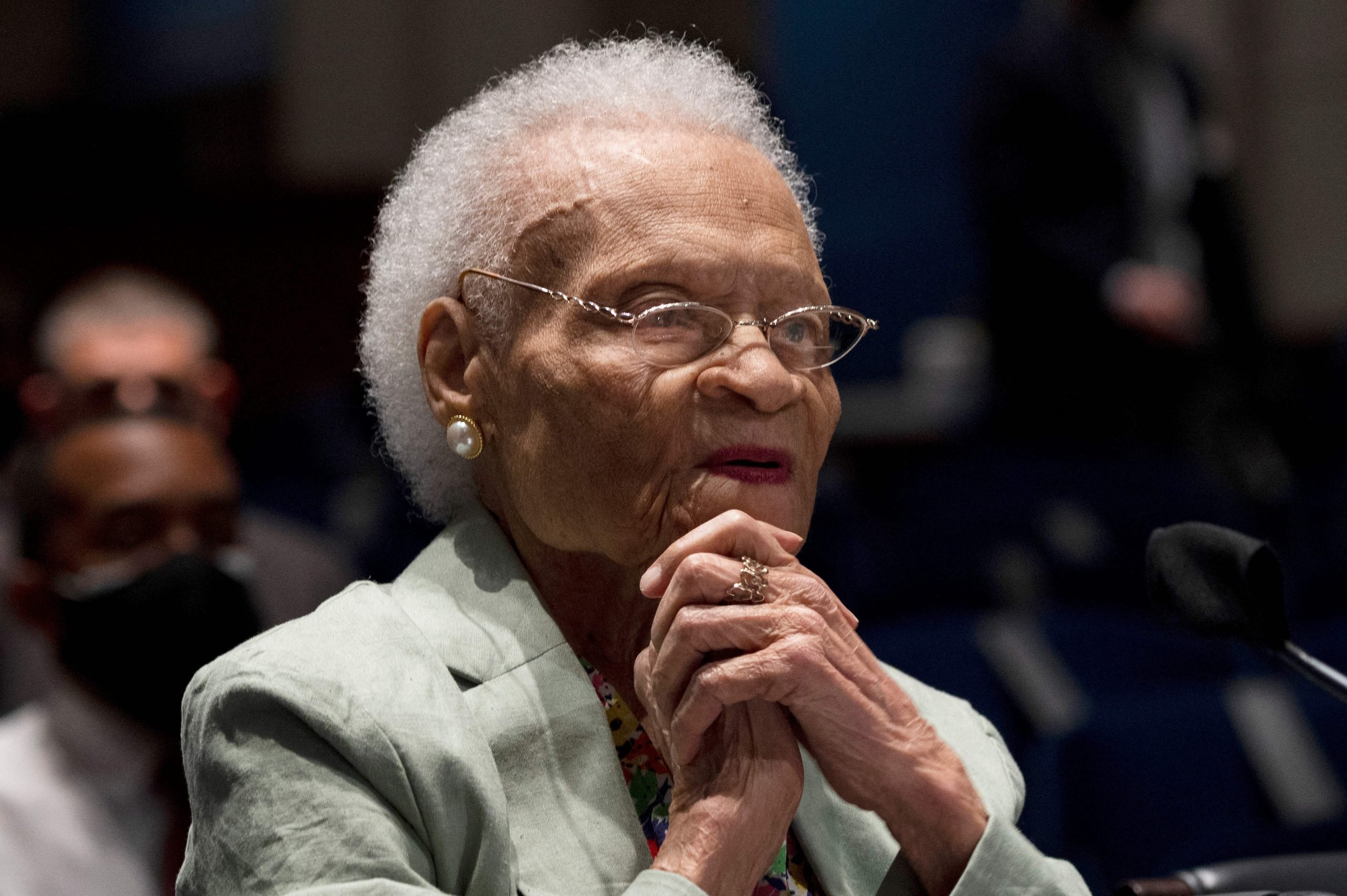
JIM WATSON/AFP via Getty Images
"Every time I think about the men and women that we've worked with, and knowing that they died without justice, it just crushes me," Damario Solomon-Simmons, who represents the survivors, told the Associated Press.
"They all believed that once the conspiracy of silence was pierced, and the world found out about the destruction, the death, the looting, the raping, the maiming, and the wealth that was stolen … that they would get justice, that they would have gotten reparations," he added.
